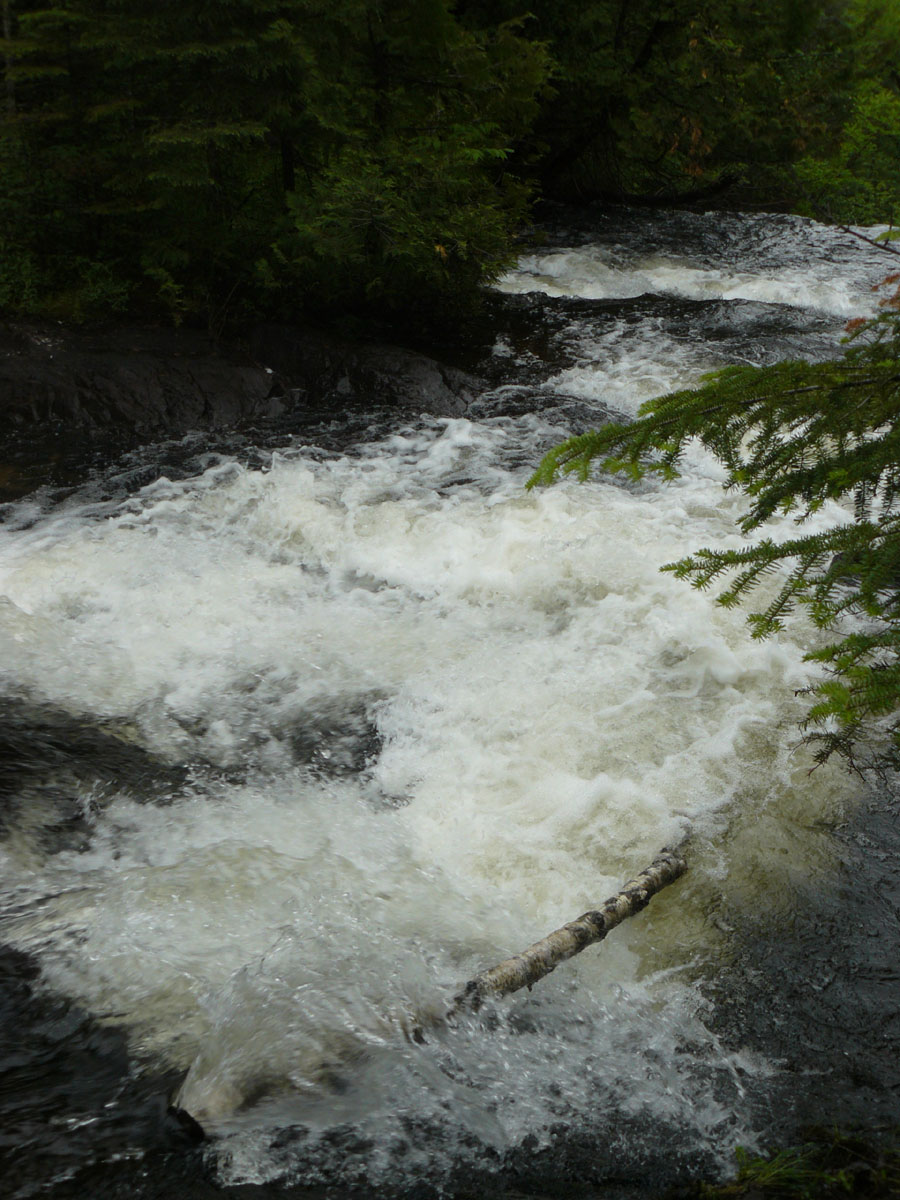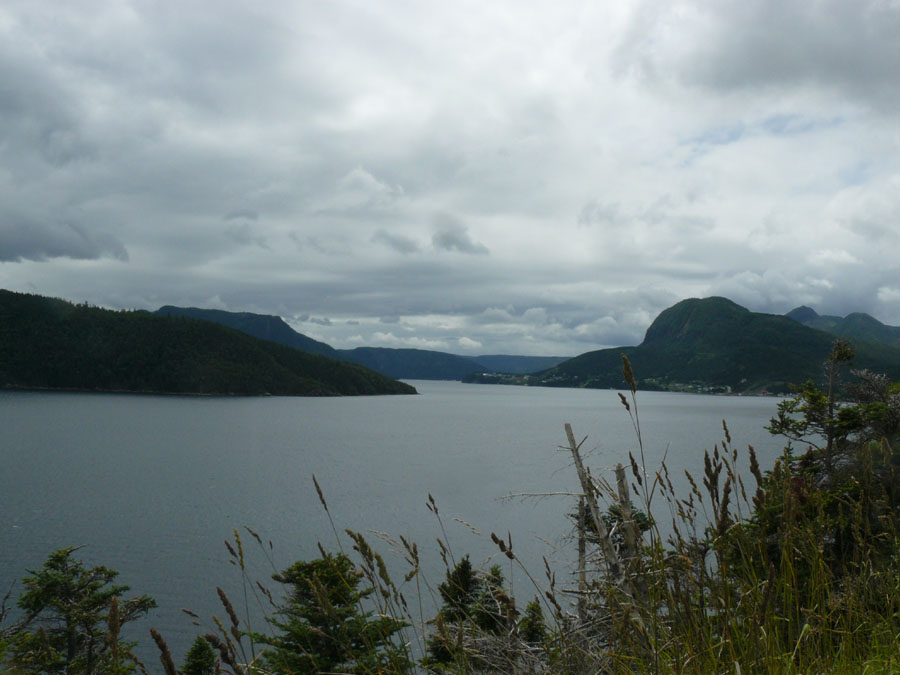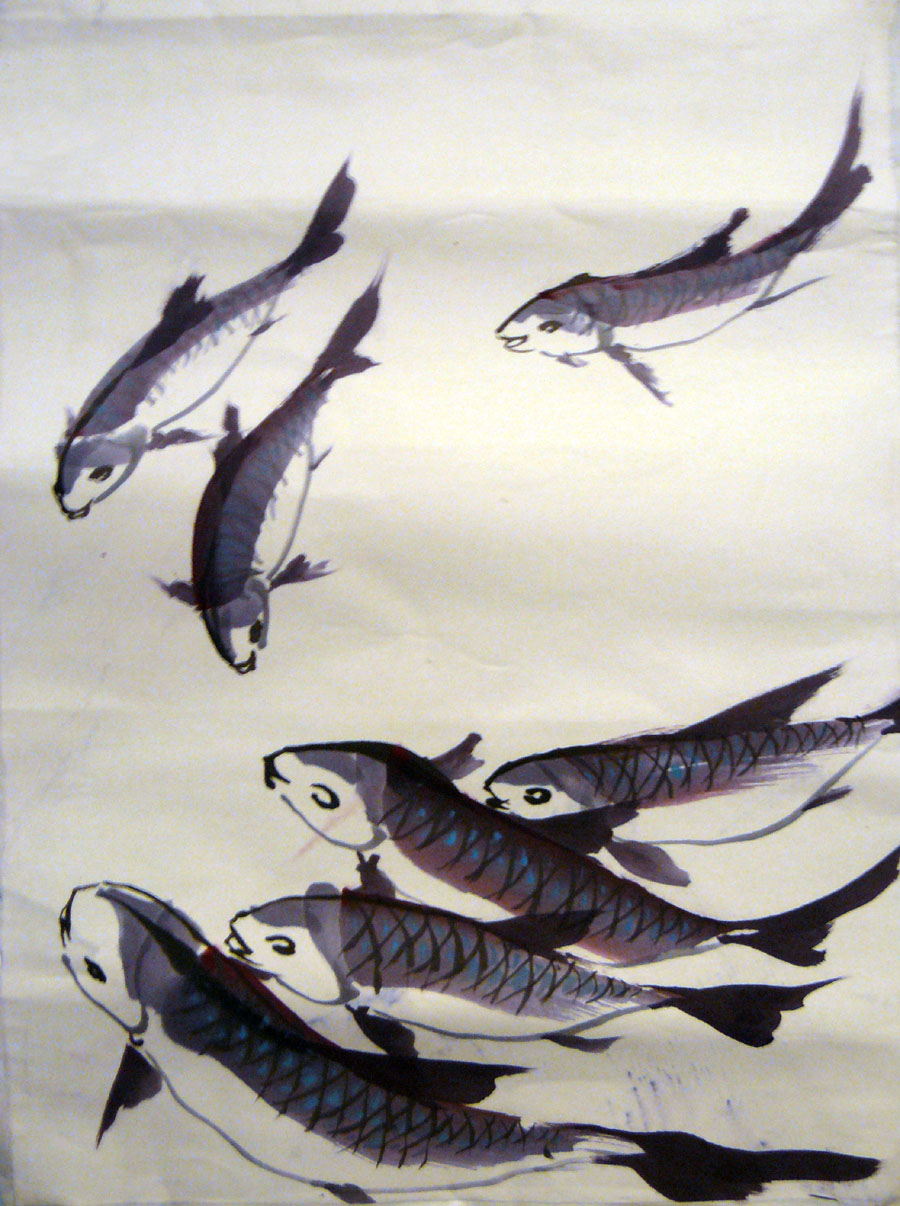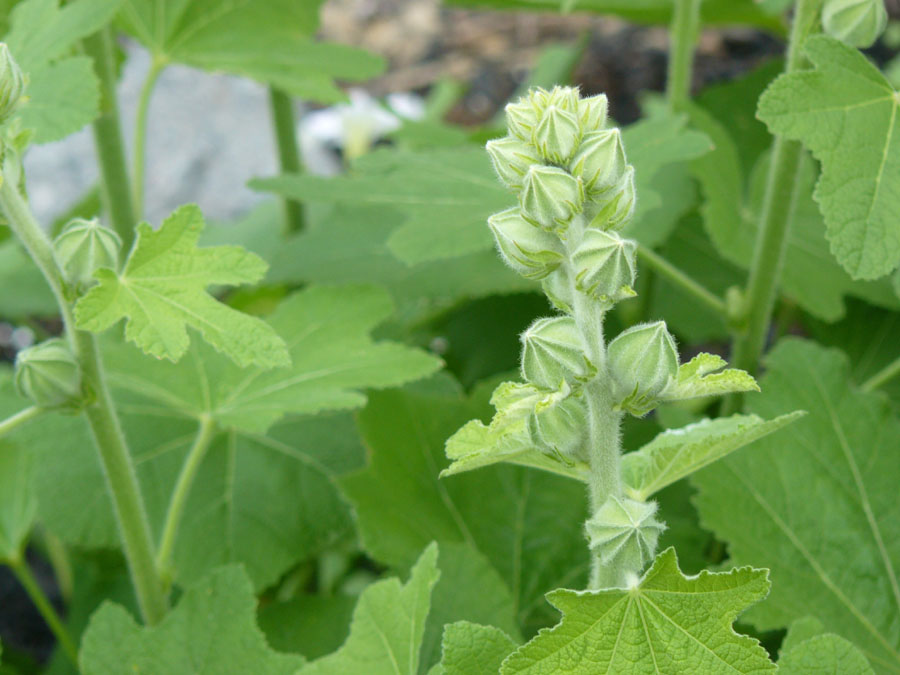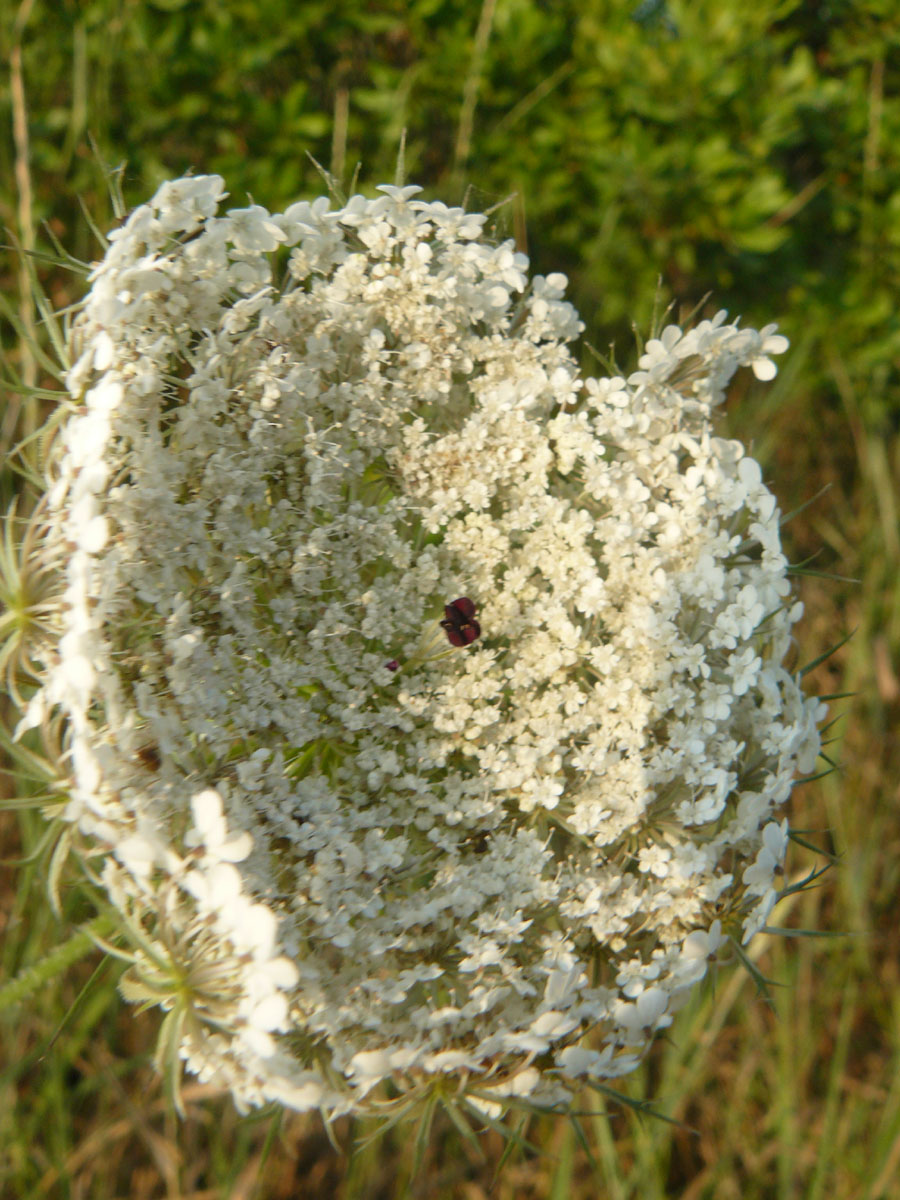 Location Taken: Thousand Islands region, Ontario
Location Taken: Thousand Islands region, Ontario
Time Taken: July 2012
I’ve always loved Queen Anne’s Lace flowers for one reason and one reason only: the single purple-red flower in the middle of the umbel. It’s both a really nice point of interest in the flower and my favorite color.
There’s a small tale that goes with the name. It’s called “lace” because, well, it looks like lace, and the small red flower is a drop of blood left by Queen Anne when she was making the lace. Why Queen Anne got associated with the flower, I’m not sure.
Queen Anne’s Lace plants are also known as Wild Carrot because, well, they’re the species carrot was domesticated from. The roots are as edible as carrots when young, but turn too woody to eat before too long, so long ago farmers started selecting for roots that weren’t as woody, then for sweeter ones, and eventually more modern carrots started to appear.
At first, carrots weren’t orange. They were red or yellow, but rarely the color in between. The orange color was developed in the Netherlands during the time the House of Orange ruled the country. The House of Orange and the color Orange actually is just a coincidence (the house got its name from a place in France, the color from a corruption of the name of it from the area in Southeast Asia the fruit of the same name came from), but that didn’t stop them from naming Orange as the national color, which incited the standard fervor for the color amongst the locals.
The orange color actually turns out to be a large part of why the vegetable is so healthy for you. The orange is produced by Beta Carotene, in large quantities, which helps the human body produce Vitamin A, which helps keep our eyes working right. So a small vanity project based on a coincidence of names lead to stronger eyesight for a significant amount of humanity. Gotta love the quirks of history.

